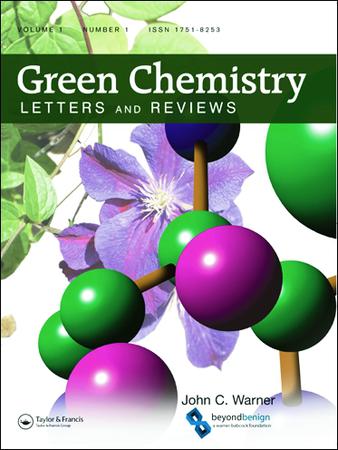Biobased polymers from lignocellulosic sources
IF 5.1
3区 化学
Q1 CHEMISTRY, MULTIDISCIPLINARY
引用次数: 2
Abstract
ABSTRACT The ongoing threat of global warming has resulted in numerous attempts to reduce greenhouse gas emissions and impede its ramifications. Replacing fossil fuels in products with renewable biobased materials is currently one approach to tackle the climate change crisis. Lignocellulose is the most abundant natural biomass source and is a potential candidate to replace the non-renewable resources currently made with petroleum-based products. Cellulose, hemicellulose, and lignin, which together make up lignocellulose, are all suitable choices for the creation of biobased materials. This review aims to highlight some of the recent efforts towards synthesizing renewable biobased polymers from raw lignocellulose, as well as refined cellulose, hemicellulose, and lignin sources while identifying some of the current applications to which they are suited. GRAPHICAL ABSTRACT木质纤维素来源的生物基聚合物
本文章由计算机程序翻译,如有差异,请以英文原文为准。
求助全文
约1分钟内获得全文
求助全文
来源期刊

Green Chemistry Letters and Reviews
CHEMISTRY, MULTIDISCIPLINARY-GREEN & SUSTAINABLE SCIENCE & TECHNOLOGY
CiteScore
9.10
自引率
3.00%
发文量
48
期刊介绍:
Green Chemistry Letters and Reviews is an Open Access, peer-reviewed journal focused on rapid publication of innovative new syntheses and procedures that reduce or eliminate the use and generation of hazardous materials. Reviews of state-of-the-art green chemistry technologies are also included within the journal''s scope.
Green Chemistry Letters and Reviews is divided into three overlapping topic areas: research, education, and industrial implementation. The journal publishes both letters, which concisely communicate the most time-sensitive results, and reviews, which aid researchers in understanding the state of science on important green chemistry topics. Submissions are encouraged which apply the 12 principles of green chemistry to:
-Green Chemistry Education-
Synthetic Reaction Pathways-
Research and Process Analytical Techniques-
Separation and Purification Technologies-
Renewable Feedstocks-
Degradable Products
 求助内容:
求助内容: 应助结果提醒方式:
应助结果提醒方式:


